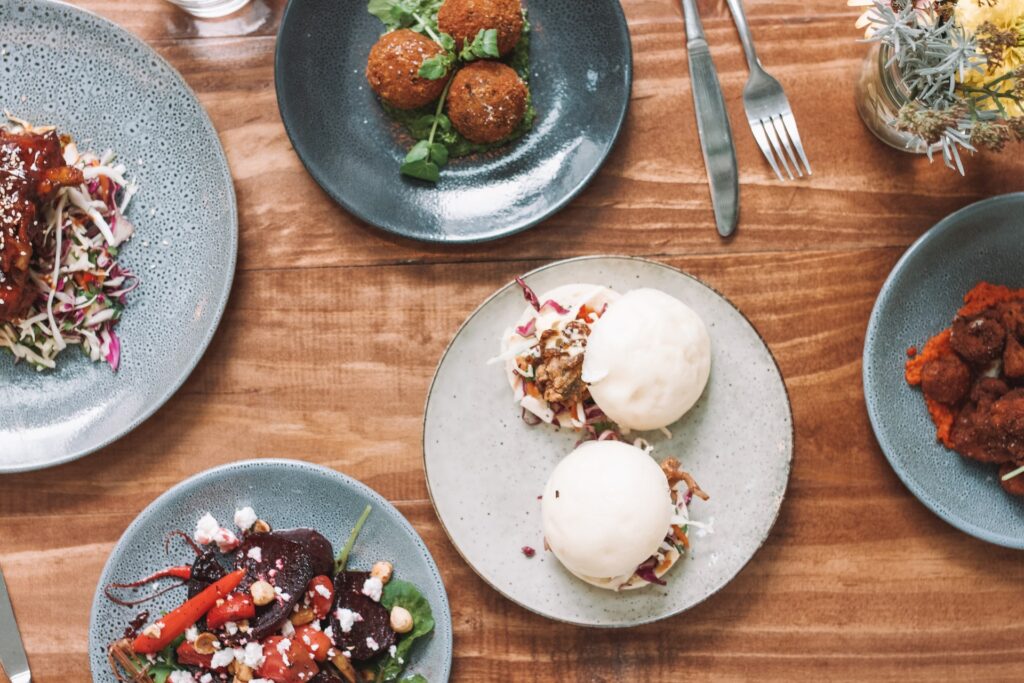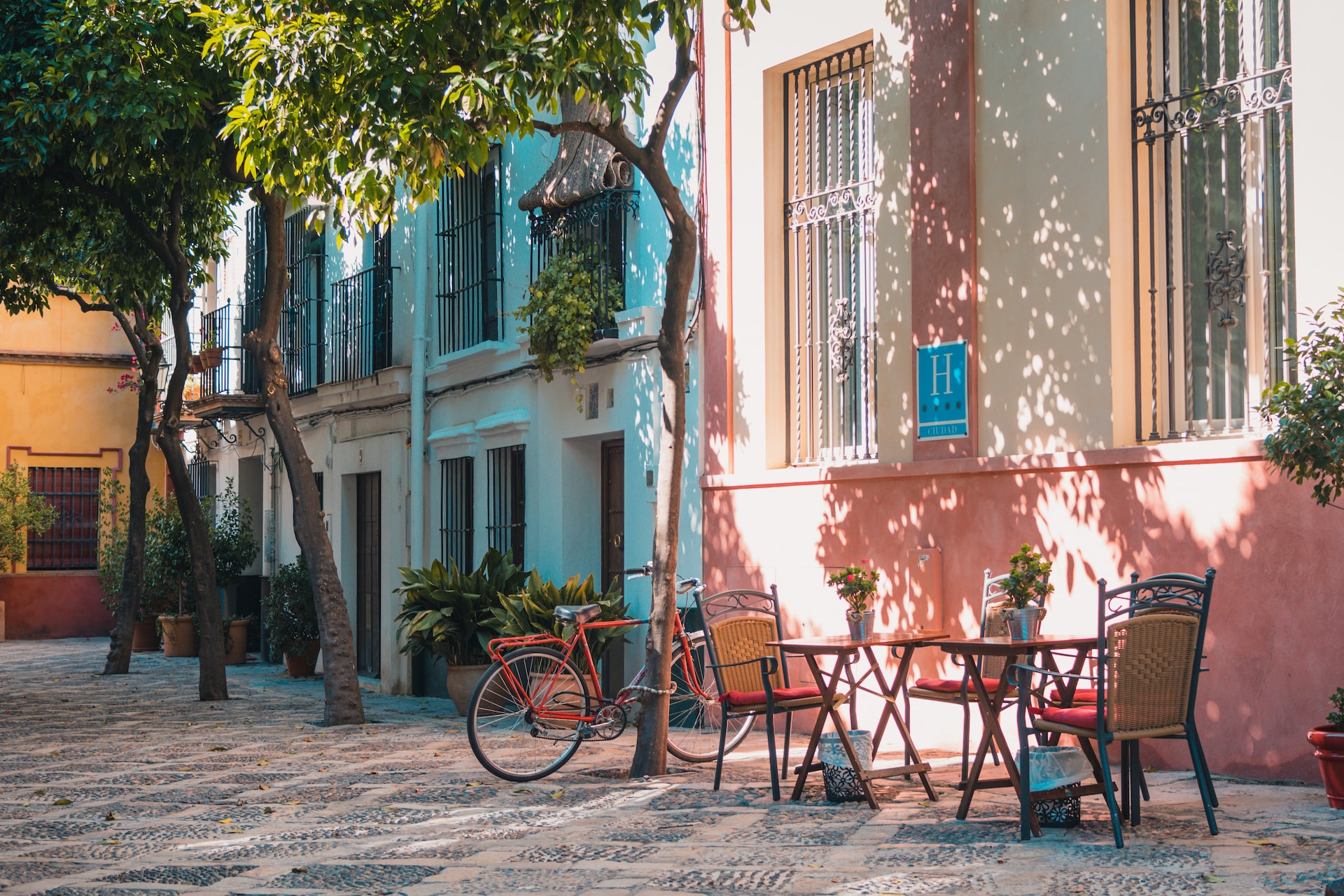Discover the Rich and Diverse Culture of Spain
Whether you are travelling to Spain to visit family or to explore its culture, you’ll find that there are plenty of things to experience. You’ll discover the rich and diverse culture of Spain through its food, architecture, and culture.
Family is an important part of Spanish culture
Despite the large variety of Spanish culture and traditions, one common thread remains: Family is the foundation of Spanish culture. Family loyalty is as important in Spain today as it was generations ago.
Spanish family structure is still evolving, but some common practices have become part of the cultural lexicon. A family is generally composed of a couple and two unmarried children.
Traditionally, Spanish families tended to be close-knit, with the different generations living under the same roof. The number of such families has decreased over time.
Flamenco is one of the trivial Spanish traditions
During the 18th and 19th centuries, Triana became the centre of flamenco. Its origins are unclear, but some historians claim it was influenced by slave traffic on the Iberian Peninsula. Flamenco also influenced other musical styles from Europe. In the early 20th century, flamenco and the Ballet Clasico Espanol merged.
Flamenco has been influenced by different cultures, but its basic elements remain unchanged. There are three basic counts, four-beat cycle, and Andalusian cadence. During the 1800s, flamenco was often transported across the ocean by boat. Some flamenco styles are danced while others are sung unaccompanied. There are also free-form styles, such as malaguenas and tarantos.
Spanish cuisine is unique in more ways than one
Whether you are looking for a vacation in Spain or are just interested in what Spaniards eat, you will find that Spanish cuisine is not only colourful, but also diverse. It is influenced by many different cultures and is based on local foods and crops.
The Moors had a huge influence on Spanish cuisine. They ruled for almost 800 years and left their mark on the culture, including the use of saffron. Other elements of Spanish cuisine are also derived from the Moors, including the use of almonds.
Spanish theatre and cinema are becoming a reference point in Europe
During the Renaissance, Spain became one of the leading lights of Europe. In fact, the Spanish Inquisition prevented Protestant Reformations from spreading north of the Mediterranean. It was during this time that Spanish theatre and cinema became a reference point for Europe. It was also during this period that Spanish cities like Madrid, Barcelona, and Barcelona saw a dramatic increase in their theatrical output.
Although there were many notable achievements in the arts and sciences during the Renaissance, the Spanish Golden Age of the arts was most noteworthy. The Golden Age was ushered in by the marriage of Ferdinand II of Aragon and Isabella I of Castile in 1469. The Golden Age was a time of great innovation and wit, both in the arts and in politics. One of the defining moments of this period was the Battle of Granada, which secured Spanish control of the Iberian Peninsula.
Architecture is a combination of Old World influences and modernity
Throughout its history, Spain has developed a unique Western European culture that is influenced by both the Old World and the New World. Architecture in Spain reflects this diversity. It blends traditional structures with modernity.
Spain is a country that is almost entirely Roman Catholic. During the Middle Ages, Spanish kingdoms incorporated Romanesque architecture into their architecture. It was a style of architecture that was created by Christian kingdoms. It is characterized by tall towers and functional columns.
Gothic architecture flourished in Spain during the Late Middle Ages. It was created by merging Romanesque and European styles of architecture. It features vaulted ceilings and clusters of thin columns. It is also characterized by gargoyles.

Tapas
Those looking for a unique cultural experience should consider visiting Spain. This diverse country boasts delicious food and architecture. Trying a few dishes is one of the best ways to sample its varied and interesting culture.
Tapas are small dishes of food served with alcoholic drinks. Usually, these small snacks are served with ice-cold beer. There are more than a thousand different types of tapas. Some tapas even have reached haute cuisine status.
Tapas originated in the Middle Ages. It was believed that workers needed a light snack between meals, and that wine was a way to warm their bodies on cold days in the fields.
Paella
Among the dazzling array of Spanish cuisines, paella has its own special place. It is not only delicious, it is also a symbol of Spanish culinary diversity. It is an integral part of Spanish public diplomacy and gastro diplomacy.
Paella is a rice dish that originated in the Valencian region of Spain. The recipe has been tweaked over the years, resulting in several versions. A popular variation is the paella a la marinera, which uses seafood as a main ingredient.
Gazpacho
During the summer months, Spaniards love to cool off with gazpacho. It is a cold soup made of tomatoes and fresh vegetables. It was originally created by the peasants of Andalusia. It has remained relatively unchanged since its origins.
In its early days, gazpacho recipes called for olive oil, garlic, and water. A little salt was also added. During the Roman era, it was also prepared with stale bread.
Today, a variety of gazpacho recipes are available. Some use only tomatoes. Others use other vegetables. Some add croutons or garnishes.

